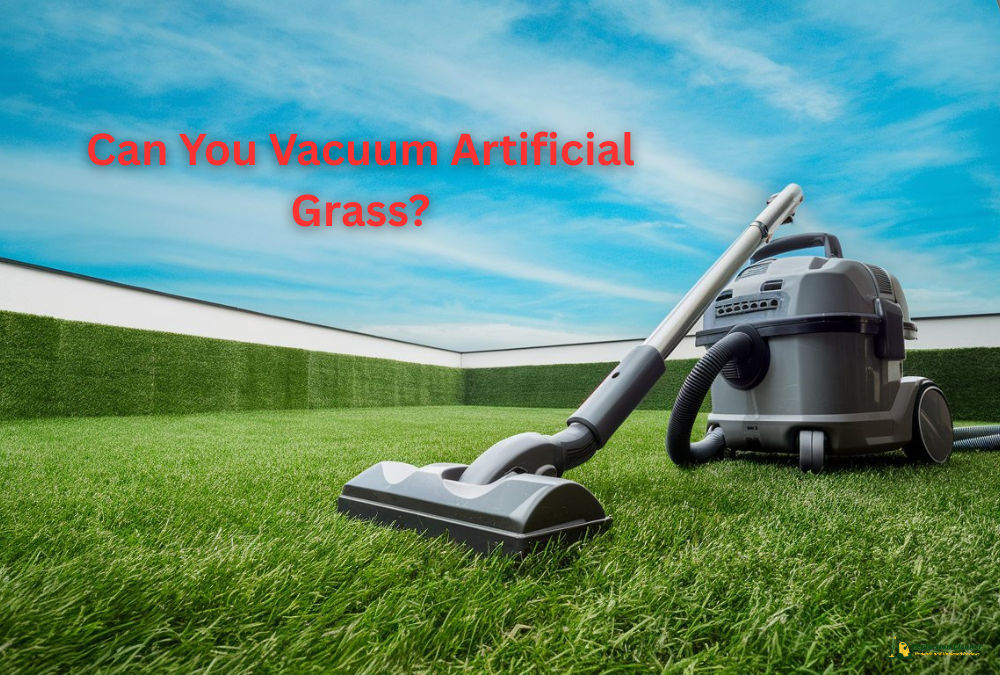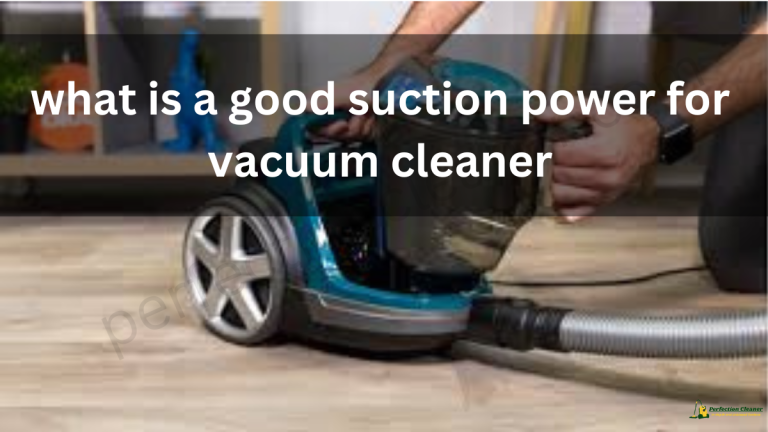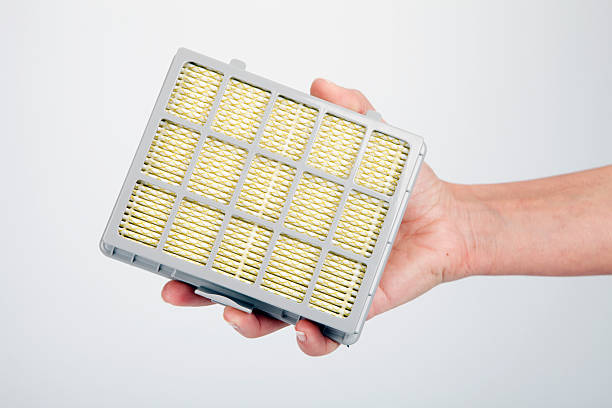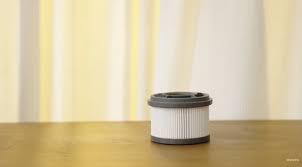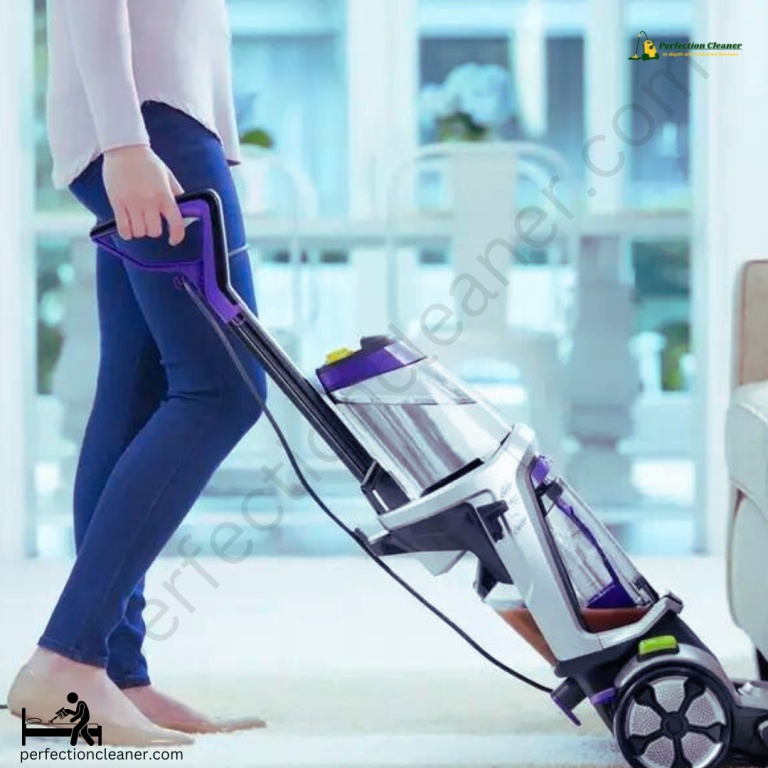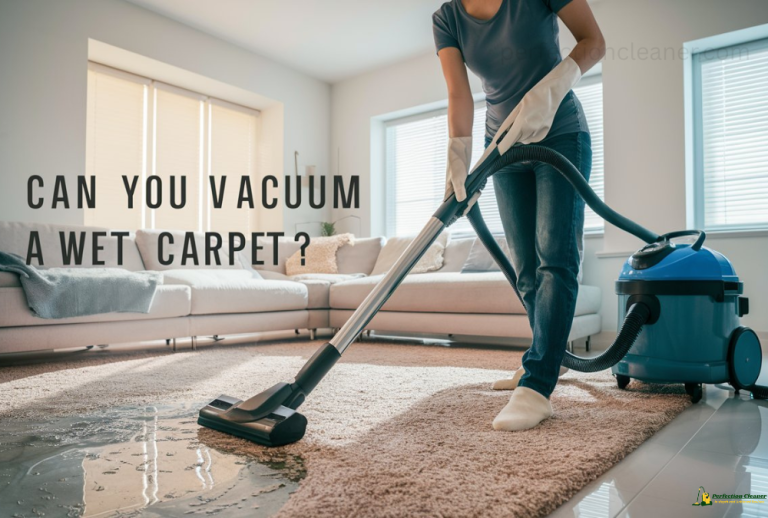Can You Vacuum Artificial Grass? Expert Guide for Homeowners
Artificial grass has become a popular choice for homeowners, pet owners, schools, and commercial landscapes. It offers low maintenance, evergreen looks, and no mowing. But when it gets dirty, especially with leaves, debris, or pet hair, many wonder: Can you vacuum artificial grass?
The answer is yes, but with conditions. Not all vacuums are turf-friendly, and using the wrong technique can damage your investment.
This detailed guide will walk you through:
- Whether vacuuming synthetic grass is safe
- Best vacuums for artificial turf
- How to clean turf without damage
- Maintenance schedules
- Pro tips, mistakes to avoid, and much more.
What Is Artificial Grass?
Artificial grass (or synthetic turf) is made from durable synthetic fibres designed to look like real grass.
Common Uses
- Lawns
- Pet areas
- Sports fields
- Rooftop gardens
- Balconies
- Playgrounds and schools
Most artificial turf features a backing layer, infill materials (such as silica sand or rubber pellets), and polyethene blades that mimic the appearance of grass.
Artificial grass, also known as synthetic turf, is a surface made from synthetic fibres that resemble natural grass. It’s commonly made from polyethene, polypropylene, or nylon. Modern turf comes with several layers:
- Backing Material: Holds fibres in place
- Blades: Mimic the look of natural grass
- Infill: Sand or rubber particles that support the blade structure and cushioning
Artificial grass is durable and easy to maintain, but like any surface, it collects dirt, debris, and allergens over time.
Can You Vacuum Artificial Grass?
Short Answer: Yes, but it depends on how and with what.
Vacuuming artificial grass is safe if done properly. However, using the wrong type of vacuum or applying incorrect techniques can damage the turf or suck up the infill.
Vacuuming Do’s
- Use adjustable suction vacuums
- Ensure the turf is completely dry
- Use vacuums made for outdoor use
Vacuuming Don’ts
- Avoid household upright vacuums
- Don’t vacuum wet or sticky substances
- Don’t apply full suction directly on turf fibres
Pros and Cons of Vacuuming Artificial Grass
Vacuuming is best used as a supplementary cleaning method alongside brushing and hosing.
| Pros | Cons |
|---|---|
| Removes dust and debris | May suck up infill |
| Great for pet hair and pollen | Indoor vacuums are often unsuitable |
| Faster than manual raking | Not suitable for wet turf |
| Keeps turf looking fresh | Faster than manual ranking |
Best Types of Vacuums for Artificial Grass
Here are the top types of vacuums you can use safely:
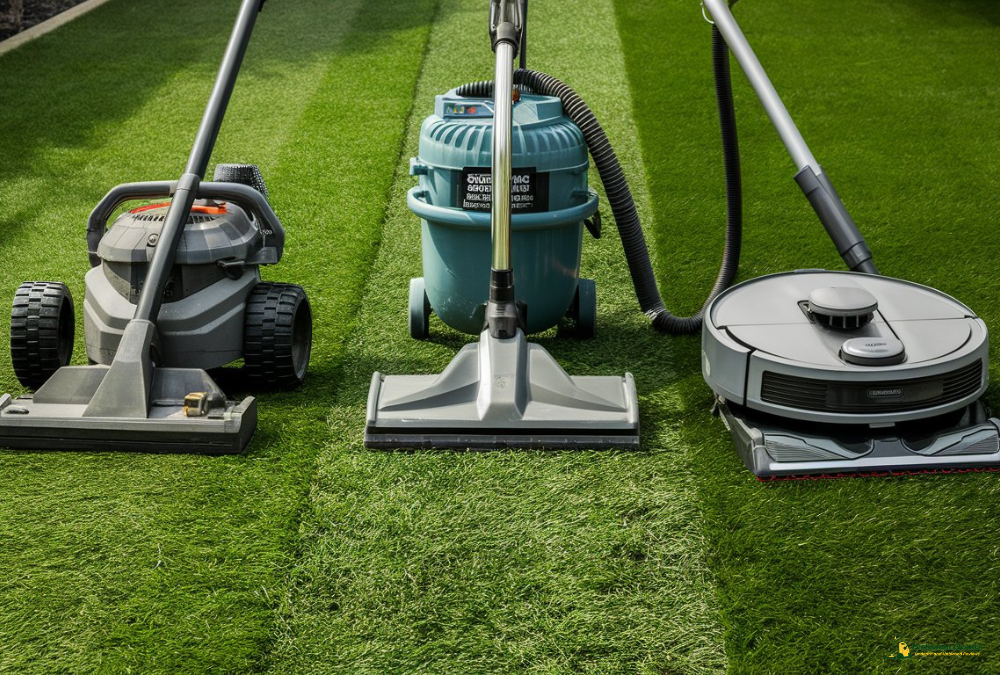
Best Options:
- Turf Vacuums: Specifically designed for synthetic lawns
- Outdoor Shop Vacs: With adjustable suction and wide nozzles
- Leaf Blower/Vac Combos: Ideal for dry leaves and dust
- Robotic Turf Cleaners: Premium option for hands-free cleaning
Unsuitable Vacuums:
- Upright carpet vacuums
- Cordless stick vacuums (low power or wrong wheels)
- Vacuums with brush rolls/beater bars
Step-by-Step Guide: How to Vacuum Artificial Grass
Tools You’ll Need:
Step-by-Step Process:
- Check Turf Condition: Make sure it’s dry and debris-free
- Remove Large Objects: Manually pick up sticks, toys, and rocks
- Loosen Debris: Use a soft rake to raise settled dirt and hair
- Vacuum Gently: Apply minimal suction, avoid suctioning the infill
- Inspect Post-Vacuum: Look for displaced infill or fibre damage
- Brush Fibres: Use a turf brush to lift flattened areas
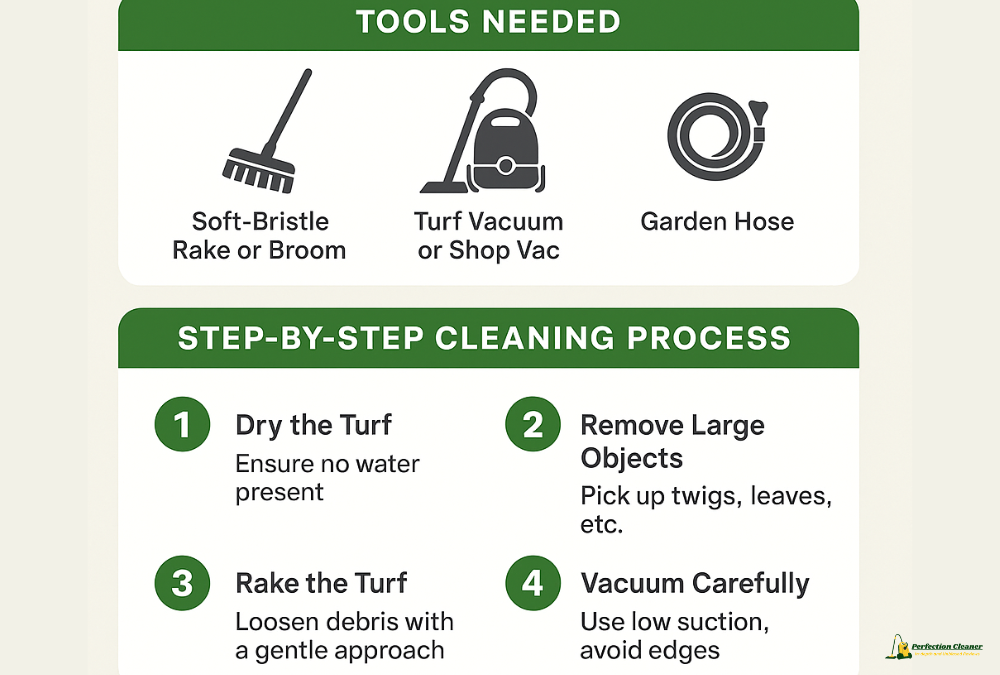
Is It Safe to Vacuum Artificial Grass?
Yes, but with care.
Safe Vacuuming:
- Use a vacuum with adjustable suction
- Vacuum only dry debris (leaves, dust, pet hair)
- Use turf-specific vacuums when possible
Unsafe Vacuuming:
- Using high-suction indoor vacuums
- Vacuuming wet turf
- Using vacuums that remove infill or damage fibres
Alternatives to Vacuuming Artificial Grass
Vacuuming isn’t always the best method. Here are other ways to clean artificial turf effectively:
Manual Cleaning:
- Leaf Rake: Gentle but effective
- Push Broom: Helps fluff fibres
- Turf Brush: Deep cleaning and fibre alignment
Blowers:
- Leaf blowers can clear leaves, dust, and light debris in seconds.
Spot Cleaning:
- For pet stains or sticky messes: Use a water-vinegar solution and sponge
Hose Down:
- Great for pollen, dust, or light cleaning. Add a mild vinegar solution for odour control.
Maintenance Tips for Artificial Grass
Maintaining artificial turf is easier than natural grass, but it still requires attention.
Recommended Schedule:
| Task | Frequency |
|---|---|
| Light cleaning | Weekly |
| Deep cleaning | Monthly |
| Brushing turf fibres | Monthly |
| Rinsing pet areas | As needed (often) |
| Infill top-up | Every 6–12 months |
Pro Tips:
- Always test the vacuum on a small patch
- Check vacuum settings before every use
- Avoid vacuuming after rain or watering
- Brush fibres opposite to the grain for fluffing
Common Mistakes to Avoid
Mistake 1: Using Carpet Vacuums
These are not designed for outdoor use and can damage turf fibres.
Mistake 2: Vacuuming Wet Turf
Vacuuming Wet Turf can clog and damage your vacuum
Mistake 3: Ignoring Infill
Vacuuming too aggressively can remove infill, causing turf flattening or wrinkles.
Mistake 4: Skipping Brushing
Vacuuming alone won’t keep turf upright. Regular brushing is necessary.
Mistake 5: Over-Vacuuming
Over-vacuuming may remove necessary infill
Mistake 6: Not Cleaning Pet Waste First
Vacuuming over solid or wet pet messes can damage your equipment and spread bacteria.
How to Vacuum Artificial Grass
Tools Needed
- ✔️ Soft-Bristle Rake or Broom
- ✔️ Turf Vacuum or Shop Vac
- ✔️ Garden Hose
Step-by-Step Cleaning Process
- Dry the Turf: Make sure there is no moisture before vacuuming.
- Remove Large Objects: Manually pick up debris like sticks or toys.
- Rake the Turf: Loosen debris gently with a soft broom.
- Vacuum Carefully: Use low suction and avoid pulling up infill.
Do’s & Don’ts
✅ Do
- Vacuum only when dry
- Use outdoor-safe vacuums
- Test on a small turf area first
❌ Don’t
- Don’t vacuum when turf is wet
- Don’t use indoor vacuums
- Don’t apply high suction on infill
Read: The Surprising Truth About Vacuuming Artificial Turf
Summary
Vacuuming artificial grass can be a safe and effective cleaning method if done correctly. Always use turf-friendly equipment, avoid wet debris, and follow a regular maintenance schedule to keep your lawn looking fresh.
Vacuuming artificial grass is a convenient way to maintain cleanliness and beauty, if done with the right equipment and care. Combine vacuuming with regular brushing, hosing, and occasional deep cleaning for best results.
Key Takeaways:
- Use the right vacuum (turf-safe, low suction)
- Avoid vacuuming wet or sticky substances
- Combine vacuuming with brushing and rinsing for best results
- For pet owners: rinse frequently, vacuum hair weekly
Artificial grass is an investment, and with the right care, it’ll look lush and green for years to come.
Frequently Asked Questions (FAQs)
Can you vacuum wet artificial grass?
No. Wet turf clogs vacuums and can damage motors. Let the grass dry first.
Can I use a regular vacuum on artificial grass?
No, household vacuums are not suited for outdoor use and may get damaged or damage the turf.
Is vacuuming better than raking?
Both have benefits. Ranking is gentler. Vacuuming is faster for fine debris.
Will vacuuming remove the infill?
Sometimes. If the vacuum is too strong or not turf-specific, it can suck up infill.
Will I need to replace infill if I vacuum often?
Possibly. Monitor infill levels and replenish every few months if needed.
What’s the best vacuum for synthetic turf?
A turf-specific outdoor vacuum or an adjustable shop vac is ideal.
Can robotic vacuums be used on artificial lawns?
Yes, some robotic turf cleaners are made for larger outdoor spaces.
Is it okay to vacuum pet hair from turf?
Yes, dry pet hair is easy to remove with a turf-friendly vacuum or blower.
How often should I vacuum artificial grass?
Vacuum once a week for high-traffic or pet areas, otherwise every 2–3 weeks.
What’s the best way to remove pet hair from turf?
Use a leaf blower or vacuum with a pet-hair nozzle.

